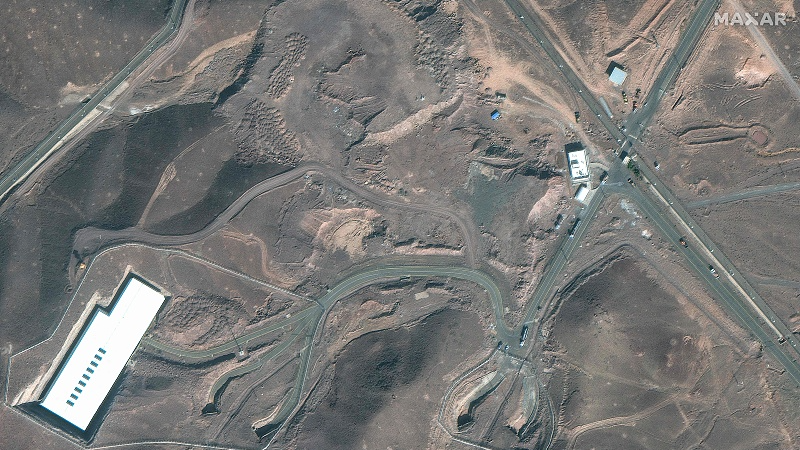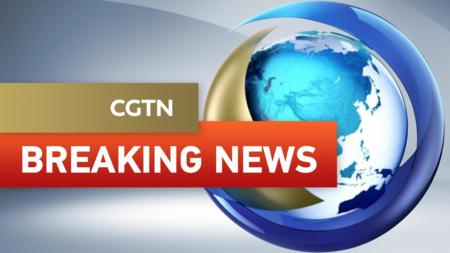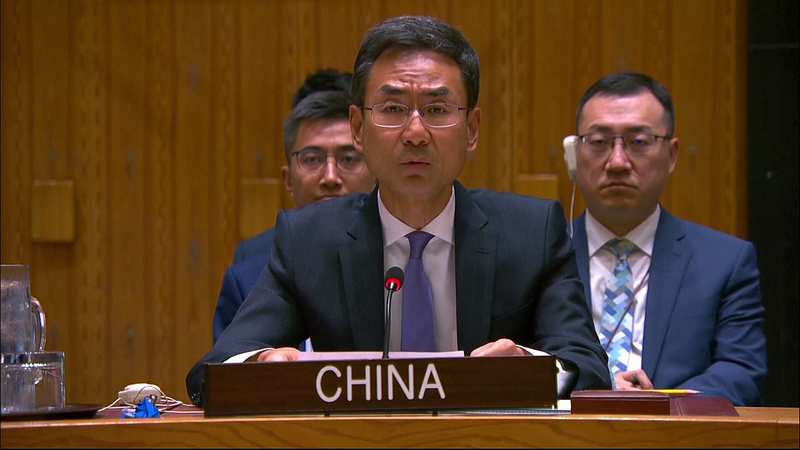In a dramatic escalation of Middle East tensions, U.S. President Donald Trump announced on Saturday that he had ordered targeted strikes on three Iranian nuclear sites. The move stunned diplomats and analysts, raising urgent questions: Why now, and what comes next?
Timing is everything. Experts suggest that the strikes were carefully calibrated to achieve a specific aim: halting Iran's nuclear advances without igniting a wider conflict. According to interviews with CGTN analysts, the U.S. selected three key facilities—centrifuge assembly plants—known for their strategic role in uranium enrichment.
Iranian Foreign Minister Abbas Araqchi condemned the attacks as 'outrageous' strikes on Iran's 'peaceful nuclear installations,' warning of 'everlasting consequences.' The strong language underscores Tehran's resolve to defend its nuclear program and signals potential for further retaliation.
Many international relations experts believe the strikes will derail ongoing negotiations over the Iran nuclear issue. 'This action sends a clear message that diplomatic talks are on hold,' says Nora Klein, a policy fellow at the Global Security Institute. She notes that regional powers will now be forced to reassess their strategies amid rising tensions.
What's next? The immediate fallout is likely to be diplomatic isolation for both sides. U.S. allies in Europe have called for restraint, while countries in the Middle East are bracing for possible escalation. For young global citizens and business innovators alike, the incident highlights how geopolitical shocks can reshape markets, supply chains, and security dynamics overnight.
As the dust settles, one thing is certain: the strike has reopened debates about the role of military force in curbing nuclear proliferation. Will this bold move foster a new wave of diplomacy, or push the region further toward conflict? Experts say the answer will unfold in the coming weeks.
Reference(s):
Why now? Experts analyze Trump's strikes on Iranian nuclear sites
cgtn.com




